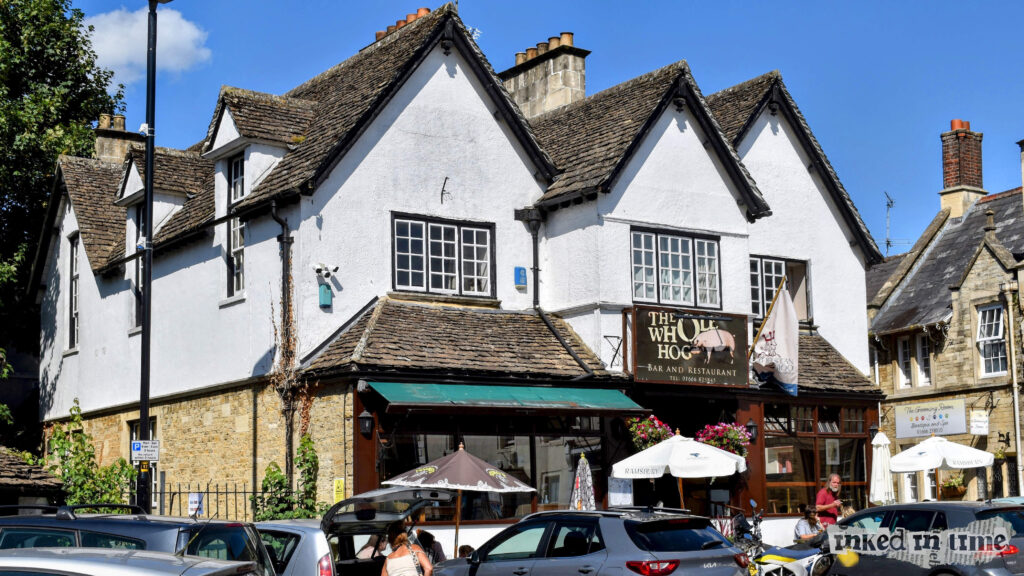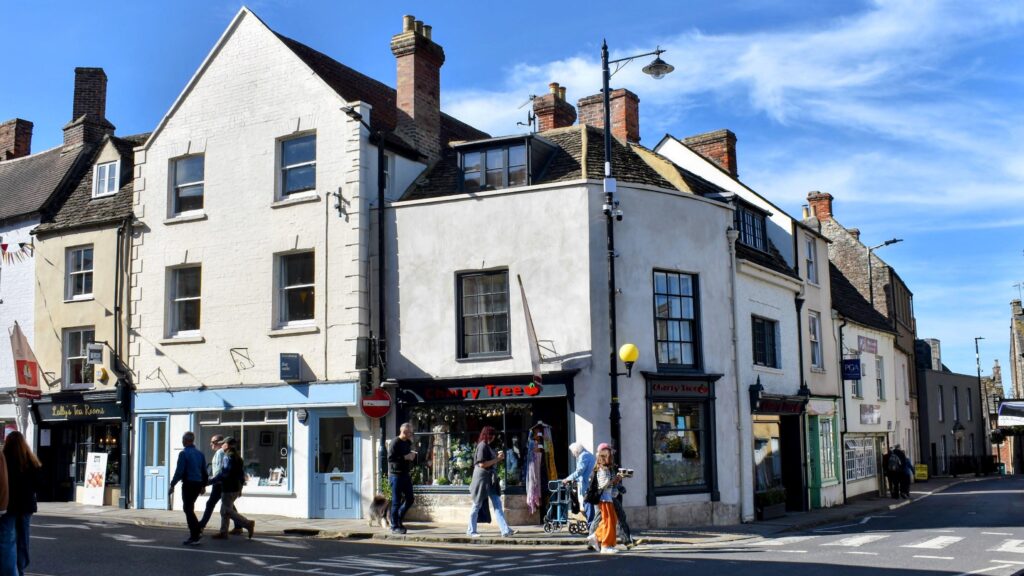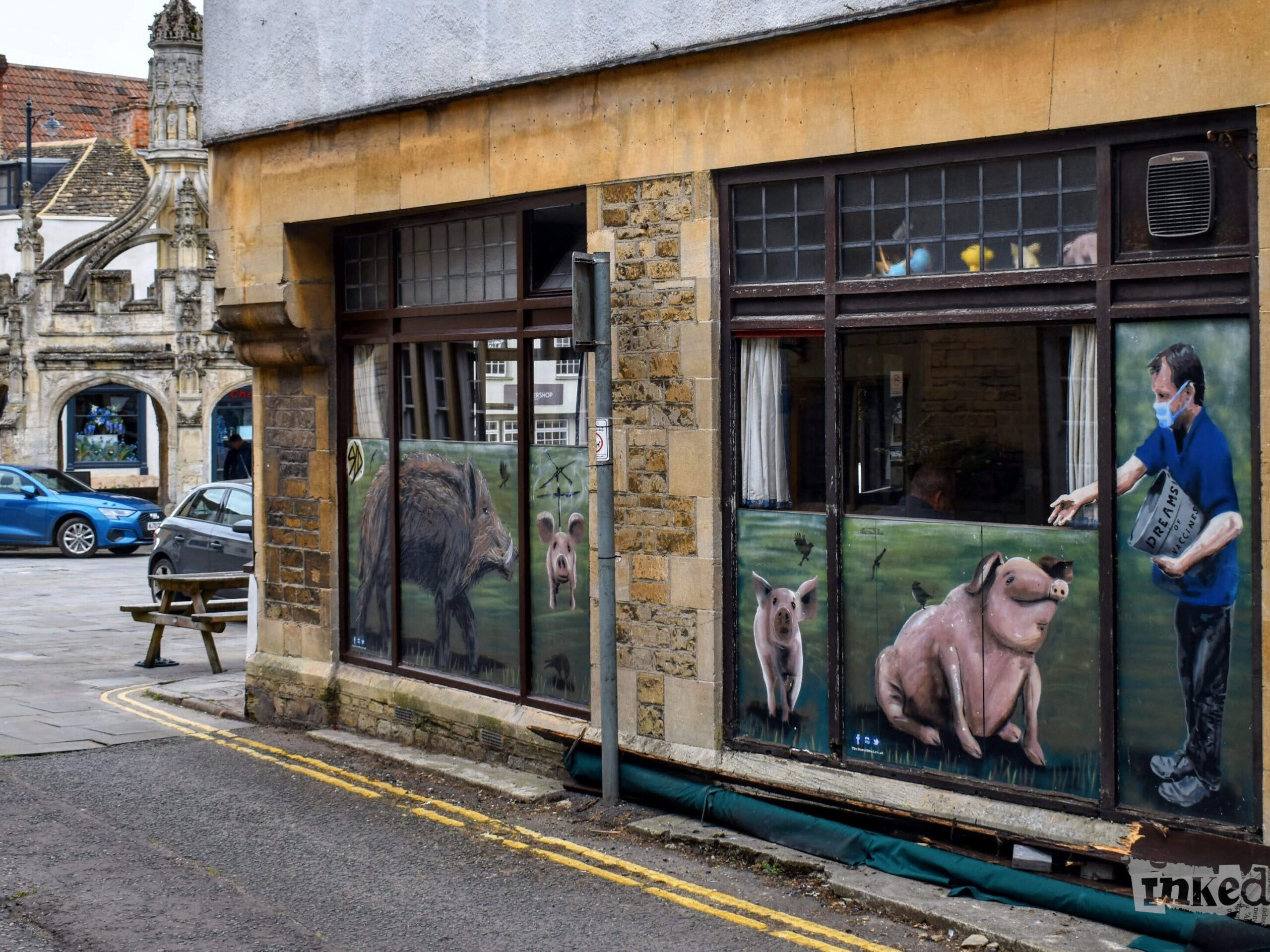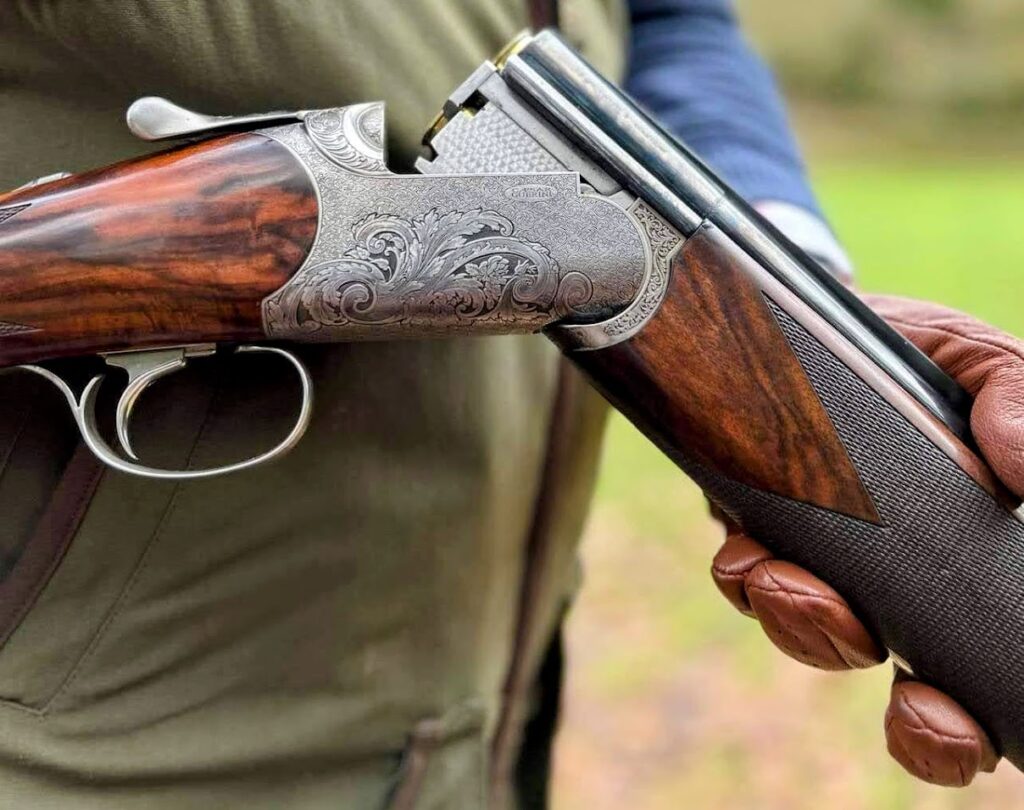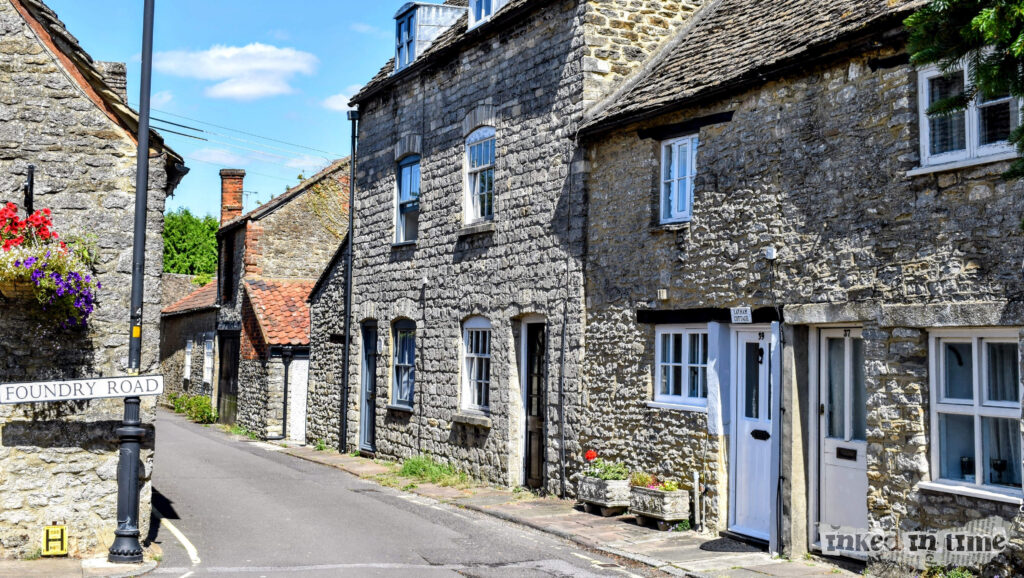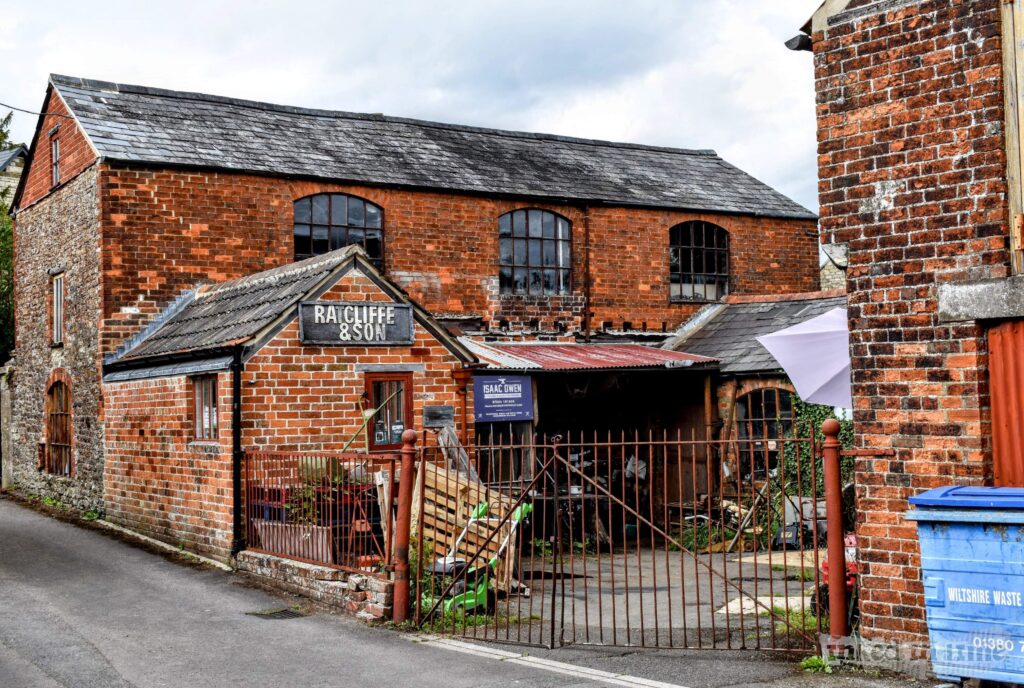4 August 1910 – Emma Grahame
We’ve used Artificial Intelligence to amplify whispers of the past into incredibly life-like voices. We think it’s the most interesting way to explore the articles on this site. Play the video to listen.
Read the article
From the Western Daily Press on Thursday the 4th of August 1910
A sad sequel to the Abbey Sunday School treat (which passed off successfully at Rodbourne Cliff on Thursday) was recorded in the death of a little London girl, which took place at the Cottage Hospital on Tuesday, as the result of an accident in the Town Hill.
Twenty-one wagons were requisitioned for the occasion of the treat, and of these 19 had safely negotiated the Town Hill, Malmesbury, on their return journey at 7.30. The wagon following these, a vehicle weighing 7 ½ hundredweight, conveyed some 14 or 16 children, all Londoners who were enjoying their country holidays, and had been given a free treat with the local children.
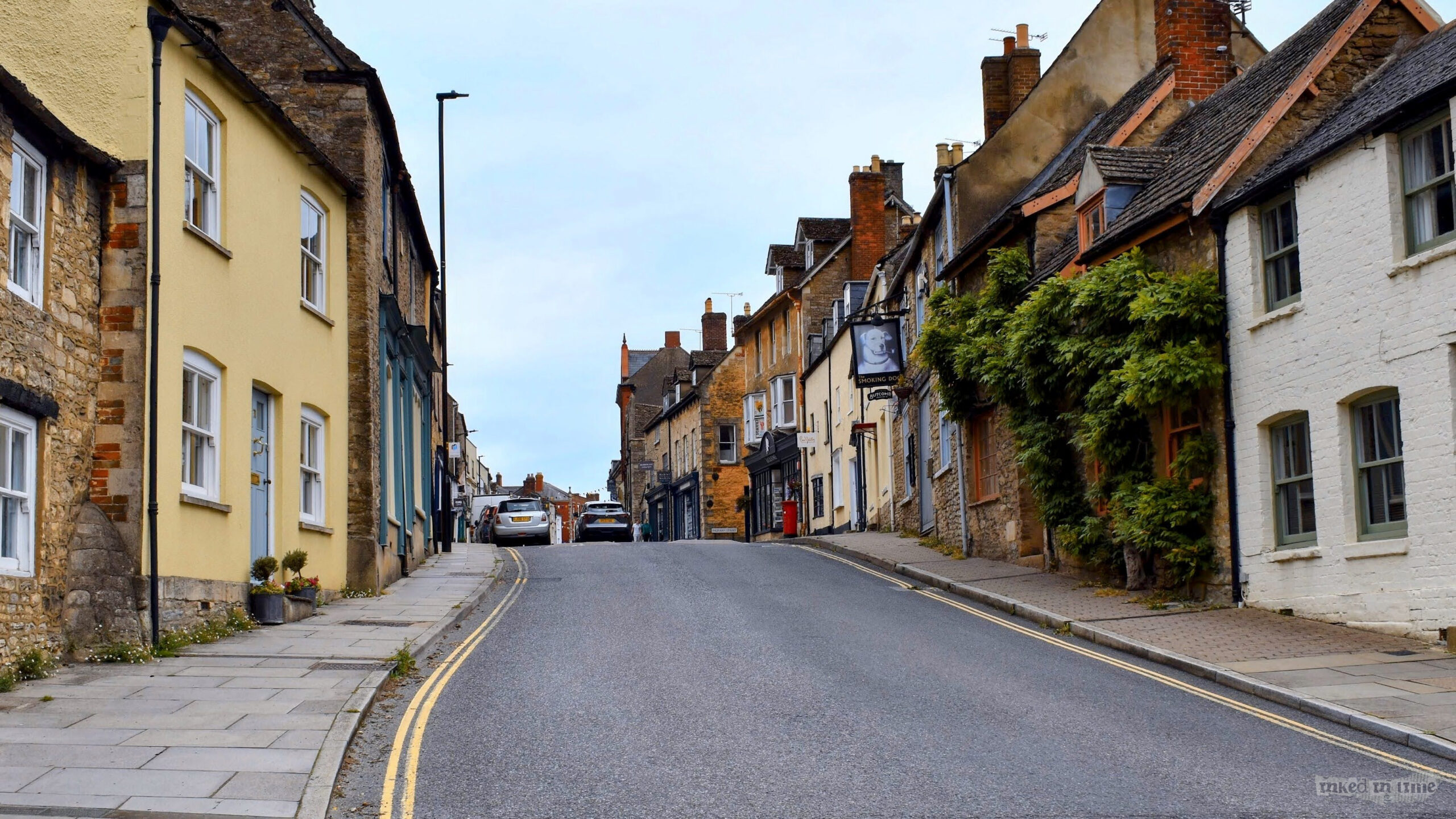
Near the top of the hill, the hames on the horse’s collar parted, the shafts dropped, and the wagon started back down hill, but becoming half locked it suddenly slewed sharply round and backed against the stone kerbing. But for this there would probably have been many deaths. As it was, however, two little girls were thrown out, and the wheel passed over one of them, causing severe internal injuries. At the Cottage Hospital she made some progress for two days, but afterwards sank gradually.
At the inquest on Wednesday, by Mr Coroner A. L. Forrester, the vicar, the Rev. C. D. H. McMillan, said he wished to express publicly the deep regret which he and all associated with him felt at this sad accident, and their deepest sympathy with the parents.
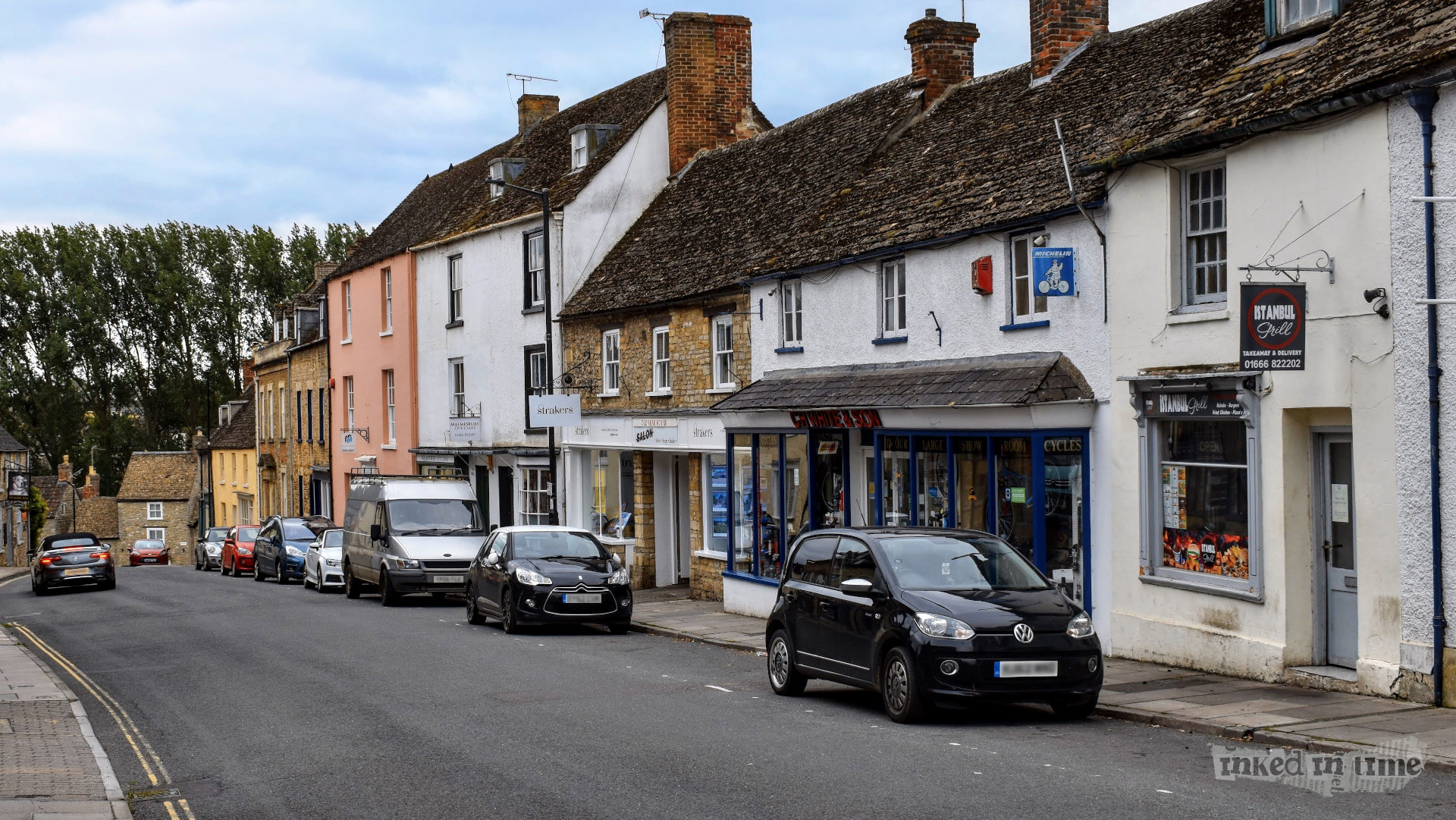
Henry Stewart Grahame, warehouse packer, of 19, Elm Street, Camberwell, London, identified the body as that of his daughter, Emma Grahame, aged eight years, who went to Malmesbury with others (under the children’s holiday fund) on the previous Thursday.
Dr. Arthur Heaton, of Malmesbury, said he found the child suffering from shock, the result of an injury to the lower part of the abdomen. Peritonitis was caused by the severity of the crushing the child had undergone.
William Gladwin, blacksmith, produced the hames, and the broken “dog” which connects the chain links. The “dog” had broken in the centre, and contained a hidden flaw. The hames were nearly new, and it would be impossible by looking over the harness to detect the flaw.
Other evidence having been given, the Coroner said there was no doubt that it was a pure accident. The owners of the wagon and harness supplied them in the usual way, and the evidence of the smith showed that no external examination of the harness would enable a person to detect the flaw, which was the cause of the accident.
The jury returned a verdict of accidental death, and gave their fees to the child’s father. Mr. Joe West, on behalf of the jury, expressed their belief that no blame attached to any persons concerned.
More from Inked in Time
More from this section
